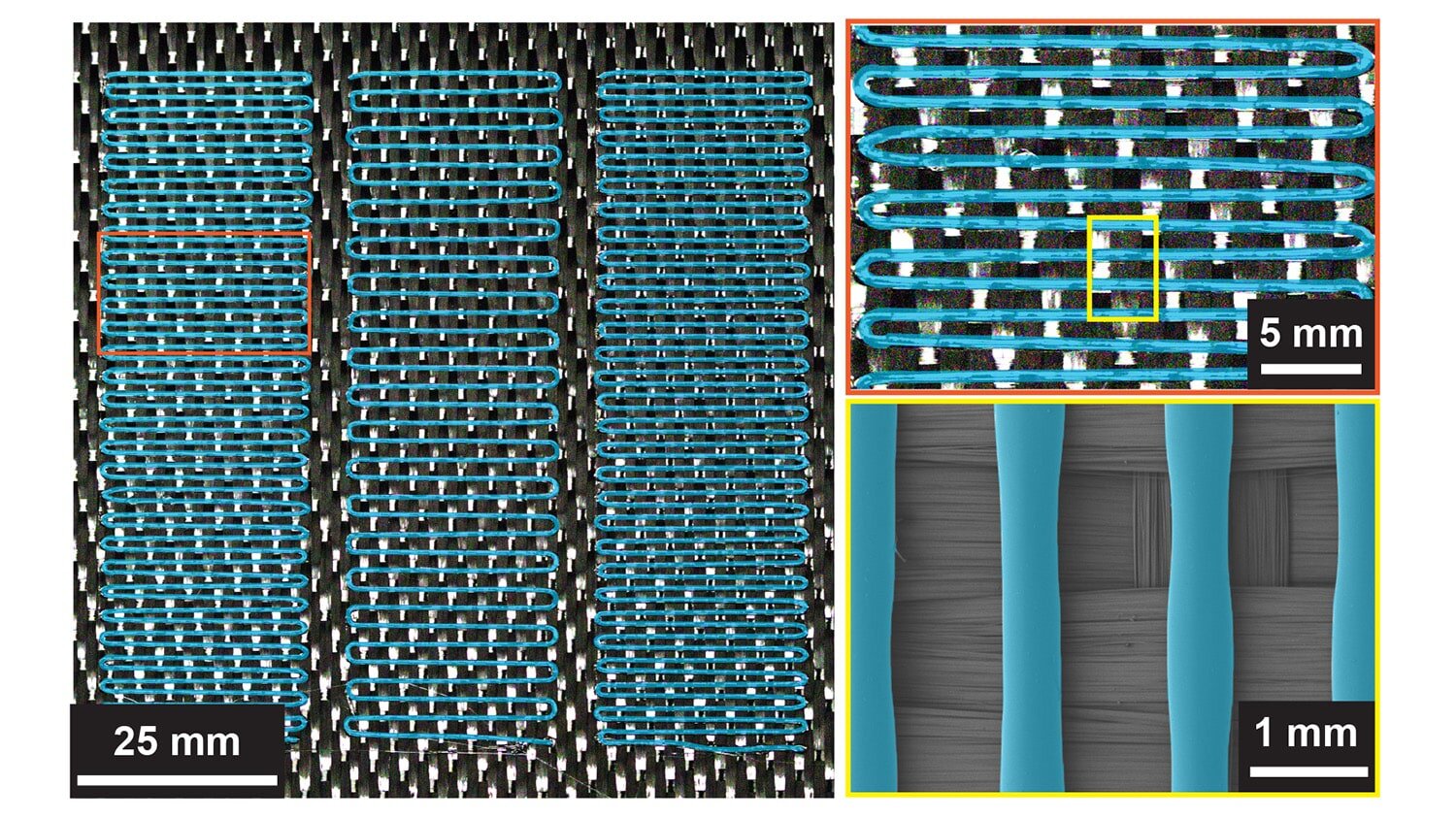Starlink supports NVIDIA’s GeForce Now, YouTube and Netflix, according to the research paper

This is not investment advice. The author has no position in any of the stocks mentioned. Wccftech.com has disclosure and ethics policy.
SpaceX’s Starlink satellite Internet service meets the latency standards required for NVIDIA’s GeForce Now cloud gaming service, according to a new study published by researchers in Belgium and Italy. The researchers tested several Starlink performance parameters that are critical to day-to-day performance, looking at service latency, data transfer speeds, and web browsing performance. Their results showed that in Belgium and Europe, Starlink outperforms geostationary satellite Internet services by a wide margin, matches the latency offered by SpaceX, and matches the performance of traditional wired broadband.
Studies show that the average Starlink latency ranges from 46 milliseconds to 52 milliseconds
The research saw the researchers build three similar computers that connected to the Internet and their own servers. One used Starlink and the other an unnamed geostationary satellite Internet service in Europe to connect to the Internet. The rest used an Ethernet adapter to connect to the UCLouvain network.
With these, they tested the round-trip time (RTT or latency), information lost with and without heavy network load, network bandwidth (the amount of data transferred per unit of time, or Mbps), and the average user’s experience can be obtained when viewing web pages, which are measured by the time it takes to fully load a web page and the time it takes to display a web page.
Latency, or the time it takes for information to travel from a user’s computer and back, is critical for a variety of applications such as video conferencing and online gaming. The team tested three scenarios: the first was a baseline with no network load, the second with a 100 MB load, and the third with a load more comparable to real-time video traffic.
The lowest latency is 20 milliseconds. Show the five-month tests
They showed that in the first scenario, the average Starlink latency ranged from 46 milliseconds to 52 milliseconds, with the lowest value being 20.5 milliseconds. For the remaining two tests, one with a load of 100 MB showed a median of 95 milliseconds, and for the last test the median value was 50 milliseconds.
In addition, the lowest latencies were observed for the German and Dutch servers, with servers in Singapore and San Francisco giving readings of 184 milliseconds and 270 milliseconds, respectively, and without additional load testing. This is natural, since the last two servers are at a considerable distance from the test computers. The researchers also traced the data path to these two locations and determined that they were the same, meaning that laser satellites not included at the moment – at least in Europe.
The five-month latency test also showed that overall readings fell from February, potentially because more satellites came online, and they also jumped between April and May – indicating there may have been network changes. SpaceX began providing Ukraine covered by Starlink in March, too, and since then the company had to fend off repeated cyberattacks against service.
Summarizing the results of the latency tests, the researchers concluded that their readings fall below the maximum latency of 80 milliseconds required by NVIDIA’s GeForce Now gaming service.

Starlink does not restrict Netflix, Disney+, YouTube or other streaming apps
Moving on to bandwidth, the researchers tested the speed through a popular Ookla internet speed test platform and through the 100 MB QUIC test with its server located at the California campus in Louvain. Testing with QUIC provides a better performance measurement because it prevents the Internet from using performance-enhancing proxies.
In Ookla’s speed tests, the average download speed was 178 Mbps and the highest was 386 Mbps. Dismissing some conventional wisdom that download speeds vary by time of day, the team was unable to detect a trend based on whether the three-month tests were conducted during the day or night. The 100MB test showed lower performance, which the researchers believe may be due to the use of a single server compared to the four servers used by Ookla.

Finally, daily web browsing tests for Starlink show that it performs more in line with wired internet than other satellite internet that uses satellites orbiting at higher altitudes.
Starlink also does not discriminate or limit traffic from many popular video streaming services such as Netflix and YouTube. The researchers tested 22 different services and were unable to detect any attempts to throttle bandwidth, and confirmed that performance-enhancing proxies are not being used to address high-latency issues.
At the conclusion of their study, the team cautions that they did not analyze the quality of web browsing in depth and only loaded home pages instead of others. Other factors such as different browsers and quality of service during video calls were also not tested. They also emphasized that packet loss (which often causes voice or feed to drop out during a video conference, for example) is present in the network and occurs even when the network is not heavily used.
https://wccftech.com/starlink-supports-nvidias-geforce-now-youtube-netflix-says-research-paper/





